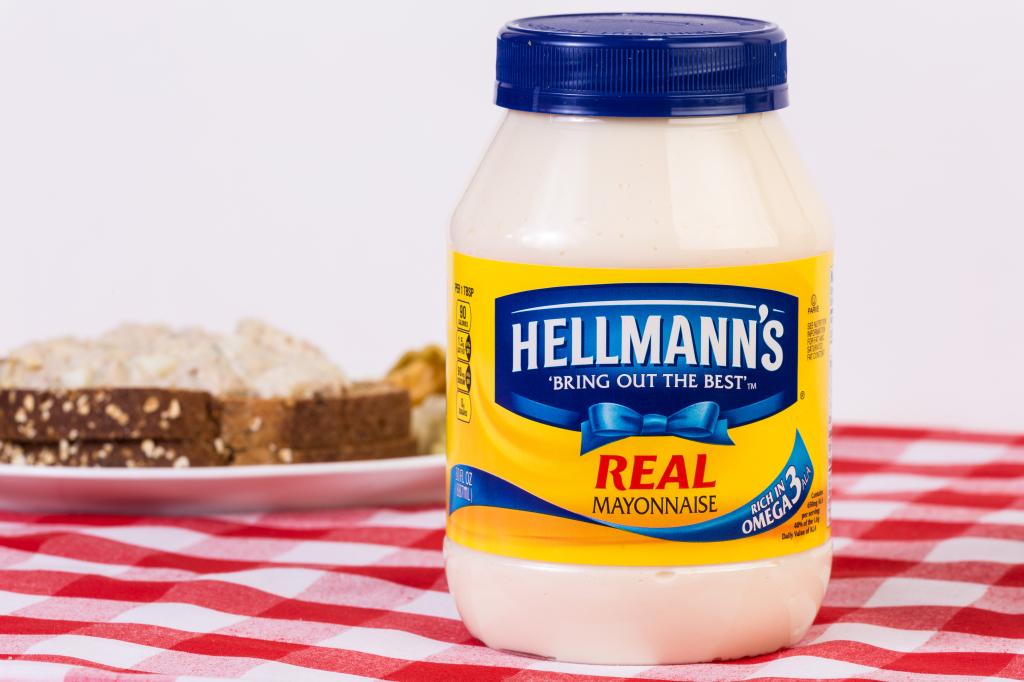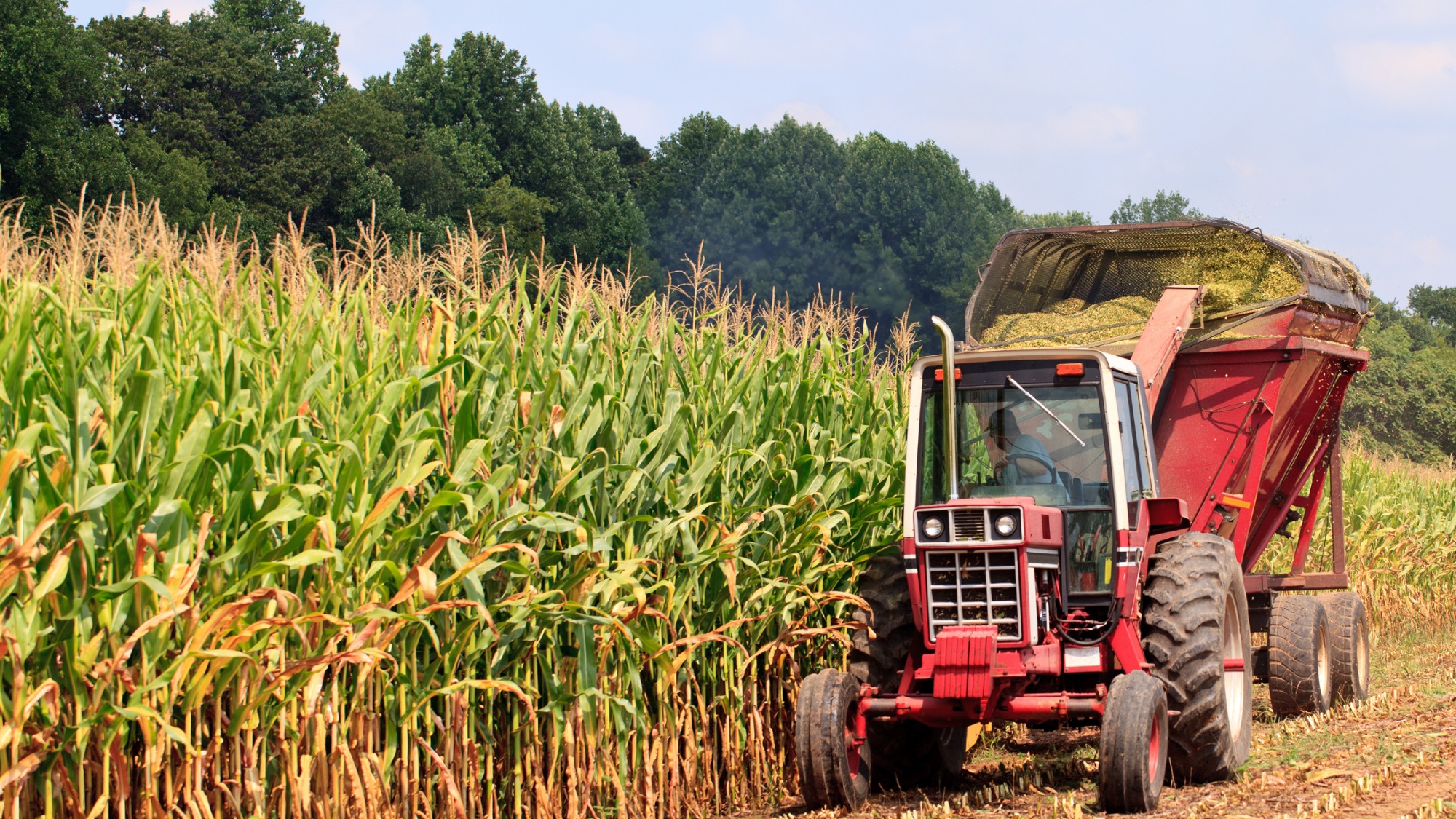Climate hawks, who tend to support Bernie Sanders, may be celebrating his amazing tie finish with Hillary Clinton in the Iowa caucuses on Monday evening. As the candidates now head into the first primary in New Hampshire, where Sanders is leading in the polls (he hails from neighboring Vermont), they may even be tempted to praise a system that gives Iowa and New Hampshire the first presidential nomination contests.
Iowa, New Hampshire, and then South Carolina weed out weaker candidates, we’re told. But just because a candidate is weak in those states doesn’t mean she or he would be weak in the rest of the country. Martin O’Malley, himself a strong climate hawk, former mayor of Baltimore, and governor of the relatively diverse, dense, urban state of Maryland, was forced to suspend his campaign Monday after his poor performance in the Iowa caucuses.
Who knows if O’Malley would have done better had another state gone first? Perhaps a more urban state would have been more interested in his record as mayor and his heavy emphasis on climate change. No former big city mayor has become president in over a century. This clearly has something to do with the way we pick presidents.
The American political system is riddled with anti-democratic, anti-urban, anti-environment, racist political bias. A populous city means a populous state. The most populous states are underrepresented in the Senate and Electoral College, while small rural states like Iowa, New Hampshire, and South Carolina are overrepresented.
This anti-urban bias skews political outcomes against climate action. The denser, more urban states have lower per capita carbon footprints thanks to their lesser dependence on cars, shorter driving distances, more efficient housing configurations, and less carbon-intensive economic activities. (Think software development rather than coal mining and cattle ranching.) The three states with the highest emissions per capita are Wyoming, North Dakota, and Alaska. The three lowest are New York, Vermont, and California. (Vermont has an unusually clean energy portfolio.) So the over-empowered states are often also the ones most hostile to regulating carbon emissions.
Rural bias is also racist because rural states are much whiter than more urban states. The underrepresentation of non-white Americans in the Senate skews its politics rightward because non-white voters and officeholders tend to be the most liberal on everything, the environment included.
No reasonable person could look at this situation and say, “You know what we need? To rig the presidential nominating process so that a handful of small, rural states get way more power than everyone else.”
And yet that’s what happened. Iowa always goes first, followed by New Hampshire and South Carolina. This gives these states vastly outsized power. Since 1976, when the current system took hold, every presidential nominee in both parties save for one, Bill Clinton, has won either Iowa or New Hampshire. Clinton’s situation in 1992 was an exception because Iowa Senator Tom Harkin was guaranteed to win the Iowa caucuses and Clinton came in a close second in New Hampshire. And, since 1976, no one who has won both Iowa and New Hampshire has failed to win his party’s nomination.
As pollster Mark Mellman puts it, “For decades Iowa and New Hampshire have held the keys to the nomination.” This means that Iowans and New Hampshirites are blessed supervoters, with far more sway than Virginians, Pennsylvanians, or anyone else. Dylan Matthews noted in Vox on Sunday, “Economists Brian Knight and Nathan Schiff estimated in 2011 that an Iowa or New Hampshire voter carried the same influence in determining her party’s ultimate nominee as five voters from Super Tuesday states put together.”
The largest cities in each of these states are Des Moines, Iowa, with 209,220 people; Manchester, N.H., with 110,448; and Columbia, S.C. with 133,358. The 50 largest cities in the U.S. all have more than 384,000 residents. More than 80 percent of Americans live in cities or suburbs, and 54 percent live in the 50 largest metro areas. States like California, Texas, Florida, and Ohio each have several cities larger than the largest of any city in New Hampshire, Iowa, or South Carolina.
If you cover the Iowa caucuses, as I have, you will hear a lot from the candidates about how much they support congressional mandates for putting corn-based ethanol in gasoline. This is not a big nationwide concern, but it’s important to Iowa because so much of the state consists of cornfields. As Grist’s Nathanael Johnson recently explained, most studies find ethanol actually has a worse carbon impact than regular gasoline because of changes it induces in land use patterns.
In New Hampshire and South Carolina, you will hear all sorts of talk by candidates about local concerns, such as the shuttering of a local Veterans Administration hospital, or the need for expansion of the port of Charleston. A phrase you won’t hear, though, is mass transit. The need for expanded transit and affordable rental housing — the defining challenge for major cities from New York and Washington, D.C. to L.A. and San Diego — is not a big concern in sparsely populated, inexpensive rural states. It is, however, essential to reducing carbon emissions.
Iowa and New Hampshire are far whiter than the country as a whole. Here’s Matthews on their lack of diversity:
White non-Hispanics account for 63.7 percent of the population. Current projections suggest that America will be majority nonwhite by 2044.
Iowa and New Hampshire, however, do not have particularly large immigrant populations. Only 4.7 percent of Iowans and 5.6 percent of New Hampshirites are foreign-born, compared with 13.1 percent nationwide. Only 7.2 percent of Iowans and 8 percent of New Hampshirites speak a language other than English at home; 20.7 percent of American families do.
And a whopping 88.7 percent of Iowans and 92.3 percent of New Hampshirites are non-Hispanic whites.
Only 1.5 percent of New Hampshirites are black.
While South Carolina has a large African-American population, it has far fewer Asian-Americans, Latinos, and immigrants than the U.S. as a whole. The rhetoric of racist congressmen from Iowa like Rep. Steve King (R) notwithstanding, African-American issues and urban issues — although they overlap — are not identical. South Carolina Democratic primary voters may care more about police brutality than Iowans or New Hampshirites, but they don’t necessarily care more about mass transit.
Among Democrats, the Iowa caucus has produced some unexpected results through the years. It lifted Barack Obama, from Chicago, to victory. On Monday night, it handed Sanders, a left-wing climate hawk, a tie with Hillary Clinton. But even Sanders supports ethanol, a stance it’s hard to imagine him taking if Iowa didn’t vote first. (Obama, being from neighboring corn-state Illinois, had many reasons to be pro-ethanol, Iowa among them.)
But that doesn’t prove that Iowa is actually good for urban candidates or climate hawks any more than the fact that Iowa’s last three Republican winners — Ted Cruz, Rick Santorum, and Mike Huckabee — are all right-wing extremists and climate science deniers proves the opposite. The long-term questions are: Which issues get attention? And in which direction are the candidates pulled? By consistently endowing small, rural states with more power in the primaries, both parties are putting cities and the climate at a disadvantage.



